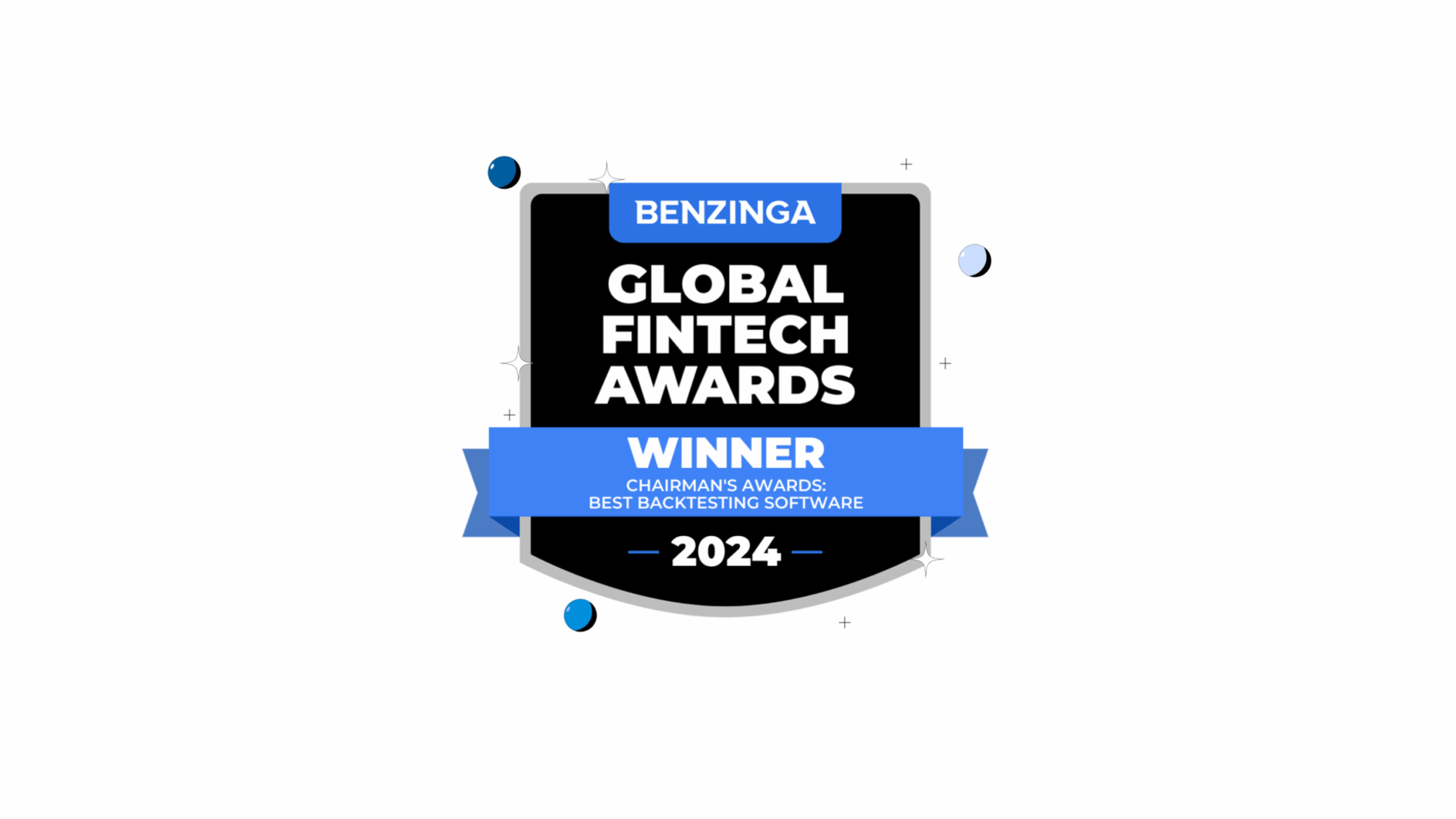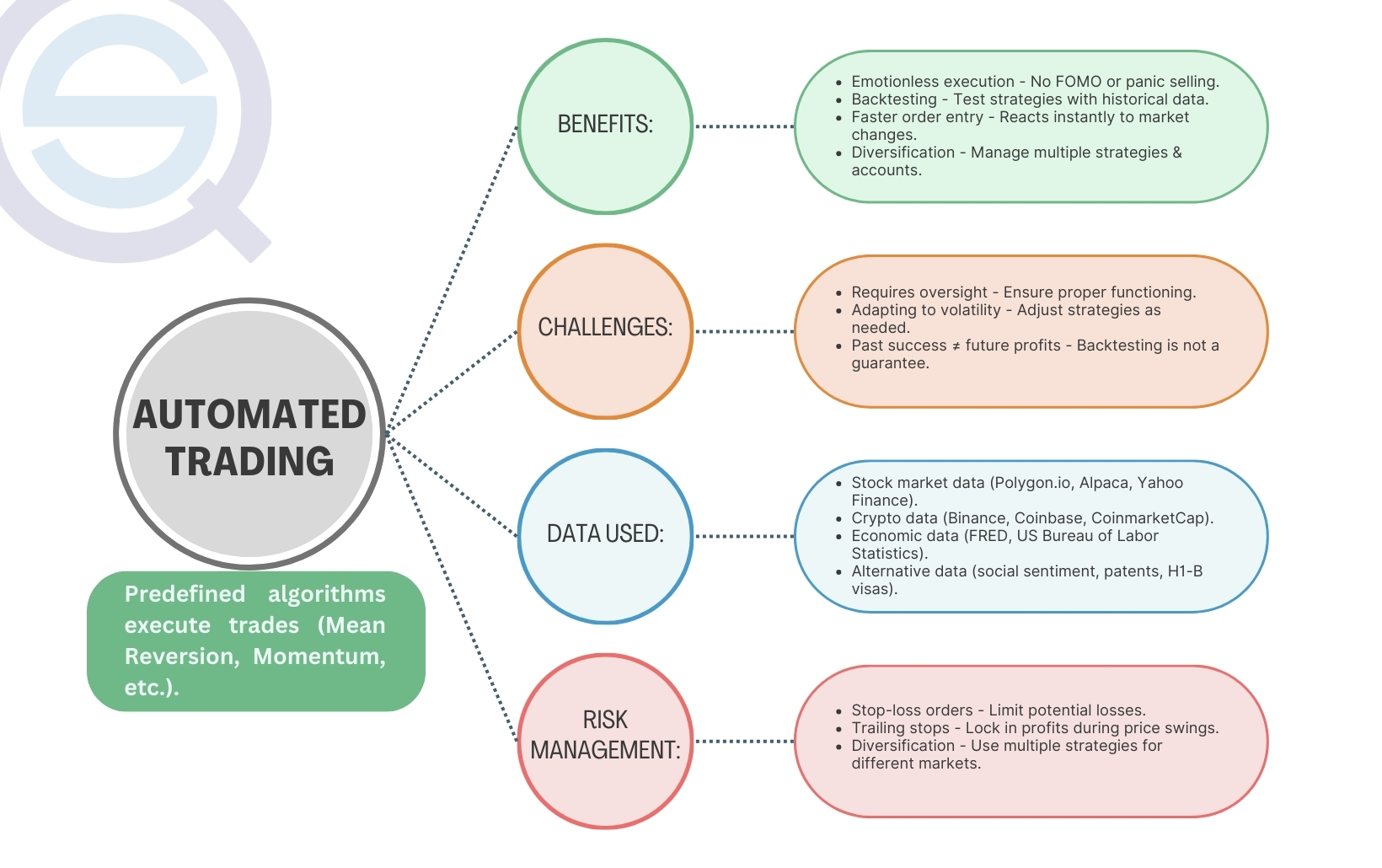Did you know that the first backtesting methods for trading strategies were done using pen and paper? Fast forward to today, and the landscape is evolving rapidly! In this article, we'll explore cutting-edge trends and innovations shaping the future of day trading backtesting. Discover how artificial intelligence and machine learning are transforming tools, enhancing accuracy with real-time data, and improving speed through automation. Learn about the impact of cloud technology, predictive analytics, and even blockchain on transparency. We’ll also discuss the exciting potential of virtual reality and the challenges of high-frequency data. Join us as we dive into the future with insights from DayTradingBusiness to stay ahead in this dynamic field.
What are the latest trends in day trading backtesting?
The latest trends in day trading backtesting focus on advanced data integration, real-time simulation, and machine learning. Traders now use high-frequency data to test strategies with greater accuracy. AI-driven algorithms help optimize parameters and predict market shifts during backtests. Cloud-based platforms enable faster, scalable testing across multiple markets. Incorporating sentiment analysis from social media and news feeds is becoming common to gauge market mood. Additionally, backtesting tools increasingly emphasize scenario analysis and stress testing to assess strategy robustness under volatile conditions.
How will artificial intelligence impact backtesting tools?
Artificial intelligence will make backtesting tools more accurate by analyzing vast data sets and identifying patterns humans miss. It will automate the testing process, offering faster, real-time insights into trading strategies. AI-driven backtesting will adapt to market changes, providing dynamic, predictive performance metrics. Overall, expect smarter, more reliable tools that help traders refine strategies with greater confidence.
What role does machine learning play in future backtesting methods?
Machine learning will automate and improve backtesting accuracy by identifying complex patterns and predicting market moves more reliably. It will adapt strategies in real-time, making backtests more dynamic and reflective of actual market conditions. ML models will analyze vast data sets faster, uncovering insights humans might miss, leading to more robust trading strategies. Expect smarter backtests that evolve with market changes, reducing false signals and increasing profitability.
How is real-time data shaping backtesting accuracy?
Real-time data improves backtesting accuracy by reflecting current market conditions, reducing historical bias, and providing more precise simulations of trading strategies. It allows traders to test strategies against live market movements, revealing real-world performance and potential pitfalls. Incorporating real-time data helps identify how strategies respond to sudden volatility, news events, and intraday shifts, making backtests more reliable and relevant for future trades.
What innovations are improving backtest speed and efficiency?
Advances like ultra-fast data processing, cloud computing, and parallel computing boost backtest speed. AI-driven algorithms optimize trade simulations and reduce runtime. Improved caching, real-time data feeds, and streamlined codebases cut delays. Machine learning models predict market shifts faster, refining backtest accuracy. Hardware upgrades, such as GPUs and SSDs, also accelerate testing.
How will cloud technology change day trading backtesting?
Cloud technology will make day trading backtesting faster, more scalable, and more accessible. Traders can run complex simulations in real-time without hefty hardware, testing multiple strategies simultaneously. It enables seamless data storage, quick updates, and collaboration across teams. Expect more accurate backtests using vast historical data, improving strategy precision. Cloud platforms also reduce costs and technical hurdles, democratizing advanced backtesting for individual traders.
What are the best upcoming software tools for backtesting?

The best upcoming software tools for backtesting include TrendSpider’s new AI-powered features, TradingView’s enhanced scripting capabilities, and QuantConnect’s expanded cloud infrastructure. Expect more AI integration for faster, more accurate simulations, and increased use of machine learning to optimize strategies. Blockchain-based backtesting tools are also emerging for secure, transparent testing environments. These innovations will make backtesting more intuitive, reliable, and scalable for day traders.
How can automation enhance backtesting processes?
Automation speeds up backtesting by quickly running multiple strategies and scenarios, revealing profitable patterns faster. It reduces manual errors, ensuring more accurate results. Automated tools handle large data sets seamlessly, giving traders deeper insights into market behavior. It also allows real-time testing of new ideas without human delay, helping traders adapt swiftly. Overall, automation makes backtesting more efficient, reliable, and capable of supporting complex trading strategies.
What are the challenges of backtesting with high-frequency data?
High-frequency data makes backtesting challenging due to massive data volume, which demands extensive processing power and storage. It introduces noise and false signals, complicating strategy validation. Accurate modeling of transaction costs, slippage, and latency is tough at high speeds, often skewing results. Market microstructure effects become significant, making realistic simulations harder. Data quality issues like missing ticks or errors can distort backtest outcomes. Overall, the complexity and scale of high-frequency data require advanced tools and expertise, increasing the risk of overfitting and unreliable predictions.
How will predictive analytics influence backtest results?
Predictive analytics will make backtest results more accurate by forecasting future market behavior based on historical data. It helps identify patterns and trends that improve strategy testing, reducing false positives and overfitting. Traders will rely on these insights to refine algorithms, making backtests more realistic and aligned with real-world performance.
What are the ethical considerations in advanced backtesting?
Ethical considerations in advanced backtesting include ensuring data integrity, avoiding manipulation of historical data to create false confidence, and transparently reporting assumptions and limitations. Using accurate, unbiased data prevents misleading results that could harm investors. Respecting intellectual property rights of data providers is essential. Overconfidence from overly optimistic backtests can lead to risky decisions, so ethical traders acknowledge model limitations. Avoiding cherry-picking favorable periods or hiding negative results maintains transparency and integrity in testing.
How will blockchain technology improve backtesting transparency?
Blockchain technology enhances backtesting transparency by creating an immutable record of historical data and trading decisions. Every trade simulation and data point is securely stored, making it easy to verify and audit. This reduces manipulation risks and boosts trust in backtest results. Traders can trace the exact data used, ensuring consistency and accuracy. Overall, blockchain provides a transparent, tamper-proof trail that improves confidence in backtesting outcomes.
What role will virtual and augmented reality play in backtesting?
Virtual and augmented reality will make backtesting more immersive, enabling traders to visualize data and trading scenarios in 3D environments. They’ll interact with live charts and historical data intuitively, improving decision-making and pattern recognition. AR can overlay real-time market insights onto physical space, helping traders spot trends faster. VR will simulate trading environments for more realistic practice and testing of strategies. This tech enhances understanding of complex data, making backtesting more engaging and effective.
How can backtesting adapt to changing market conditions?
Backtesting adapts to changing market conditions by incorporating dynamic data updates and flexible models that adjust to new patterns. Using walk-forward testing and adaptive algorithms helps strategies evolve as market volatility and trends shift. Incorporating real-time data and machine learning techniques allows backtests to reflect current conditions, improving reliability. Regularly updating parameters and testing across different market regimes ensures strategies remain effective amid evolving conditions.
What are the future risks associated with automated backtesting?

Future risks of automated backtesting include reliance on flawed or incomplete data leading to false confidence, algorithmic biases causing overlooked market shifts, and overfitting models that perform poorly in live trading. As technology advances, there's also a risk of increased vulnerability to cyberattacks targeting trading algorithms. Additionally, rapid market changes might outpace backtesting assumptions, making past results less predictive of future performance.
Conclusion about The Future of Day Trading Backtesting: Trends and Innovations
The future of day trading backtesting is poised for significant transformation through advancements in artificial intelligence, machine learning, and real-time data integration. Innovations in cloud technology and automation will enhance speed and efficiency, while predictive analytics and blockchain will improve accuracy and transparency. However, traders must remain vigilant about ethical considerations and adapt to the ever-evolving market conditions. As these trends unfold, staying informed will be crucial for leveraging the full potential of backtesting tools. For comprehensive insights and guidance on navigating these developments, turn to DayTradingBusiness.